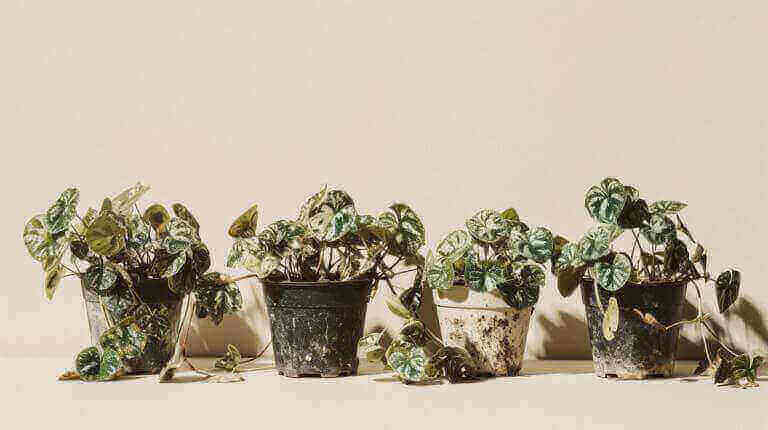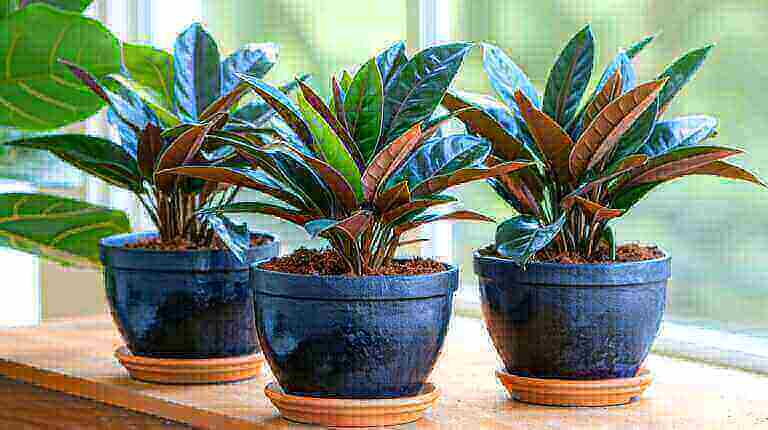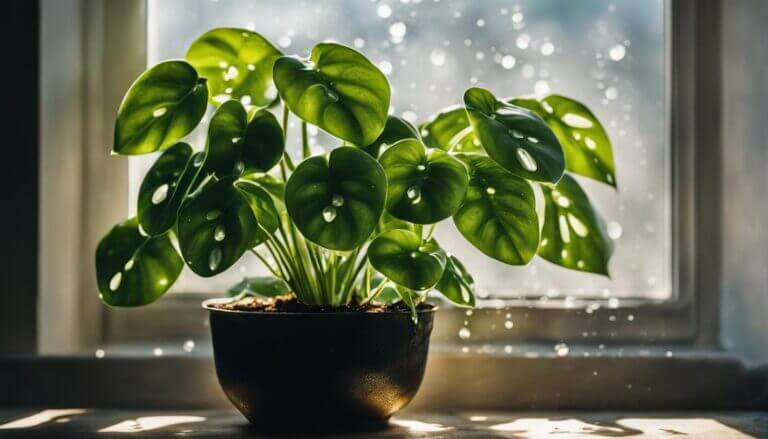The wandering jew, also known as the inch plant or tradescantia, is a popular houseplant with trailing stems and vibrant foliage. However, many people encounter issues with their inch plant, such as wilting and droopy leaves, which can be indicators of a dying plant. Understanding the reasons behind these symptoms is crucial for saving your tradescantia.
According to horticultural experts, the older leaves at the base of the plant naturally die off to make way for new growth. This is a normal process for most plants, but it can be more noticeable in fast-growing species like the wandering jew. However, if you notice widespread wilting and drooping, it could be a sign of underlying issues that need to be addressed.
Environmental factors such as lighting, humidity, and watering play a significant role in the overall health of your inch plant. Providing optimal growing conditions, such as bright but indirect light, high humidity, and consistent watering, can help reduce the occurrence of wilting and droopy leaves. It’s also important to regularly remove any dead or dying leaves to maintain the plant’s appearance.
Key Takeaways:
- Wilting and droopy leaves are common signs of a struggling inch plant.
- Understanding natural growth patterns and providing proper care are crucial for reviving your tradescantia.
- Older leaves naturally die off, but widespread wilting may indicate underlying issues.
- Optimal conditions include bright but indirect light, high humidity, and consistent watering.
- Regularly remove dead or dying leaves to maintain the plant’s appearance.
Common Issues with Inch Plants and How to Resolve Them
Inch plants, also known as tradescantias or wandering jew, can encounter several common issues that hinder their growth and vitality. Understanding these problems and implementing appropriate solutions is essential for reviving and maintaining the health of your inch plant.
Browning Leaves
Browning leaves are a common concern for inch plant owners and can be caused by various factors. One of the main culprits is overwatering. Inch plants are susceptible to root rot, which can result in brown, wilted foliage. To prevent overwatering, allow the top inch of soil to dry out before watering again and ensure proper drainage in the pot. By maintaining appropriate soil moisture levels, you can help prevent browning leaves caused by overwatering.
Low Humidity
Inch plants thrive in high humidity environments. When the humidity levels are too low, the leaves can become wilted and dry, leading to browning. Increasing humidity around the plant can help alleviate this issue. You can mist the foliage regularly, use a humidifier in the room, or place the plant on a pebble tray filled with water. These methods will help create a more humid microclimate for your inch plant, preventing leaf browning caused by low humidity.
Direct Sunlight
While inch plants require bright light to thrive, direct sunlight can be detrimental to their leaves. Exposure to intense sunlight can scorch the delicate foliage, causing it to brown and wither. To protect your inch plant from direct sunlight, place it in a location with bright but indirect light. This can be near a north-facing window or any spot in your home where the plant can receive bright light without direct exposure to the sun’s rays.
Pruning and Damaged Stems
Pruning is an important aspect of inch plant care and can help prevent browning leaves caused by damaged stems. Any stems that are dead, damaged, or showing signs of disease should be pruned off to promote healthy growth. By removing these compromised stems, you allow the plant to allocate its resources more effectively, reducing the risk of browning leaves and providing an opportunity for new growth to emerge.
By addressing these common issues and implementing the appropriate solutions, you can revive your inch plant and ensure its continued health and vibrancy. Remember to closely monitor your plant’s watering, provide adequate humidity, avoid direct sunlight, and regularly trim any damaged stems. With proper care, your inch plant will thrive and bring beauty to your indoor space.
Maintenance and Care Tips for Inch Plants
Proper care and maintenance are essential for keeping inch plants healthy and vibrant. By following these care tips, you can ensure that your inch plant thrives:
Watering
Watering is a critical aspect of inch plant care. It’s important to maintain even soil moisture to prevent over or under-watering. Allow the top inch of soil to dry out between waterings, and then water thoroughly until it drains out of the bottom of the pot. Avoid letting the plant sit in standing water, as this can lead to root rot.
Lighting
Inch plants thrive in bright but indirect light. Place them near a window where they can receive bright, filtered sunlight throughout the day. Avoid placing them in direct sunlight, as it can burn the leaves and cause damage. If natural light is limited, you can supplement with artificial grow lights to provide adequate lighting for your inch plant.
Pruning
Regular pruning helps maintain the appearance of your inch plant and stimulates new growth. Remove any dead or yellowing leaves by cutting them off at the base of the stem. If the plant becomes leggy or overgrown, trim back the stems to encourage bushier growth. Pruning also helps remove any damaged or diseased parts of the plant, promoting overall health.
Humidity
Inch plants prefer higher humidity levels. You can increase humidity around the plant by misting the leaves with water daily or placing a tray of water and pebbles nearby. Another option is to use a humidifier in the room where the inch plant is located. Maintaining adequate humidity helps prevent wilting and keeps the foliage lush and healthy.
| Care Tips | Description |
|---|---|
| Watering | Maintain even soil moisture, allowing the top inch of soil to dry out between waterings. |
| Lighting | Provide bright but indirect light, avoiding direct sunlight which can scorch the leaves. |
| Pruning | Regularly remove dead or yellowing leaves and trim back overgrown stems to promote new growth. |
| Humidity | Increase humidity levels through misting or using a humidifier to keep the plant healthy. |
Alternatives to Inch Plants for Easy Care
If you find that caring for an inch plant is too demanding or if you’re looking for alternative options, there are several easy-care houseplants that require less maintenance. One popular choice is the heartleaf philodendron (Philodendron hederaceum), which is known for its long-lasting and low-maintenance foliage.
Unlike inch plants, heartleaf philodendrons retain their leaves for extended periods, making them a hassle-free option for plant enthusiasts. They prefer bright but indirect light and require regular watering when the top inch of soil feels dry.
By opting for low-maintenance alternatives like the heartleaf philodendron, you can still enjoy the benefits of houseplants without the need for intensive care.
FAQ
Why are my inch plants wilting and have droopy leaves?
Wilting and droopy leaves can be indicators of a dying plant. This can be caused by natural leaf shedding, environmental factors such as lighting, humidity, and watering, or common issues like overwatering, low humidity, direct sunlight, or damaged stems.
How can I revive my inch plant and keep it healthy?
To revive your inch plant, provide optimal growing conditions such as bright but indirect light, high humidity, and consistent watering. Remove any dead or dying leaves and stems. Address common issues like overwatering, low humidity, direct sunlight, and damaged stems by adjusting watering practices, increasing humidity, providing indirect light, and pruning damaged parts.
How should I care for my inch plants?
Proper care for inch plants includes maintaining even soil moisture by allowing the top inch of soil to dry out between waterings, providing bright but indirect light, pruning dead or damaged leaves and stems, and increasing humidity through misting or using a humidifier.
What are some low-maintenance alternatives to inch plants?
If caring for inch plants is too demanding or if you’re looking for alternatives, consider easy-care houseplants like the heartleaf philodendron. These plants require less maintenance and are known for their long-lasting foliage.






